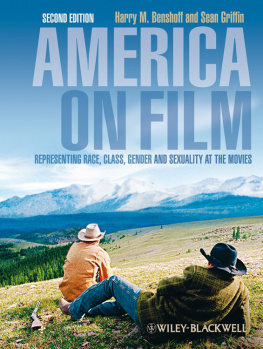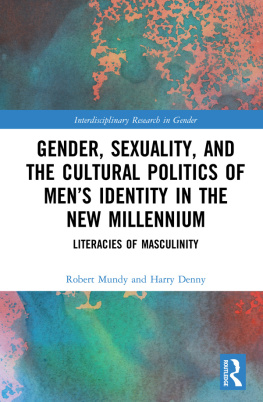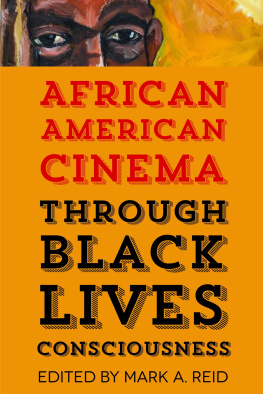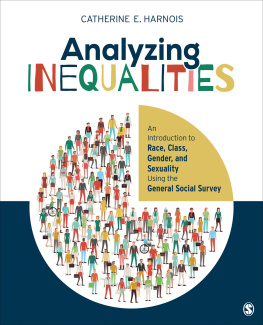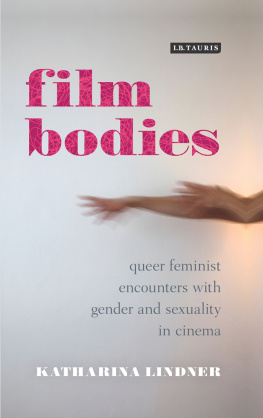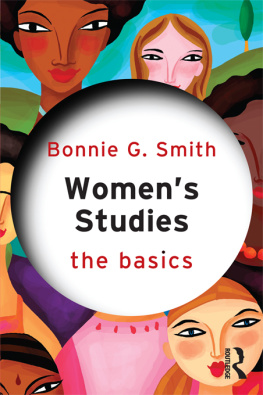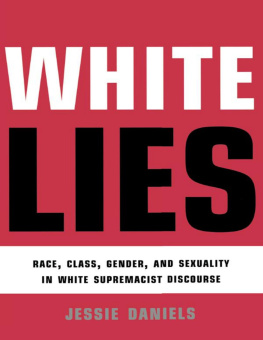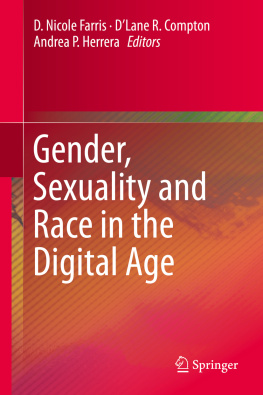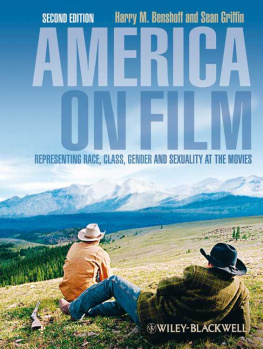
This second edition first published 2009
2009by Harry M. Benshoff and Sean Griffin
Edition history: Blackwell Publishing Ltd (1e, 2004)
Blackwell Publishing was acquired by John Wiley & Sons in February 2007. Blackwells publishing program has been merged with Wileys global Scientific, Technical, and Medical business to form Wiley-Blackwell.
Registered Office
John Wiley & Sons Ltd, The Atrium, Southern Gate, Chichester, West Sussex, PO19 8SQ, United Kingdom
Editorial Offices
350 Main Street, Malden, MA 02148-5020, USA
9600 Garsington Road, Oxford, OX4 2DQ, UK
The Atrium, Southern Gate, Chichester, West Sussex, PO19 8SQ, UK
For details of our global editorial offices, for customer services, and for information about how to apply for permission to reuse the copyright material in this book please see our website at www.wiley.com/wiley-blackwell.
The right of Harry M. Benshoff and Sean Griffin to be identified as the authors of this work has been asserted in accordance with the Copyright, Designs and Patents Act 1988.
All rights reserved. No part of this publication may be reproduced, stored in a retrieval system, or transmitted, in any form or by any means, electronic, mechanical, photocopying, recording or otherwise, except as permitted by the UK Copyright, Designs and Patents Act 1988, without the prior permission of the publisher.
Wiley also publishes its books in a variety of electronic formats. Some content that appears in print may not be available in electronic books.
Designations used by companies to distinguish their products are often claimed as trademarks. All brand names and product names used in this book are trade names, service marks, trademarks or registered trademarks of their respective owners. The publisher is not associated with any product or vendor mentioned in this book. This publication is designed to provide accurate and authoritative information in regard to the subject matter covered. It is sold on the understanding that the publisher is not engaged in rendering professional services. If professional advice or other expert assistance is required, the services of a competent professional should be sought.
Library of Congress Cataloging-in-Publication Data
Benshoff, Harry M.
America on film : representing race, class, gender, and sexuality at the movies /
Harry M. Benshoff and Sean Griffin. 2nd ed.
p. cm.
Includes bibliographical references and index.
ISBN 978-1-4051-7055-0 (pbk. : alk. paper)
1. Minorities in motion pictures. 2. Motion pictures-United States-History.
I. Griffin, Sean. II. Title.
PN1995.9.M56B46 2009
305.56-dc22
2008021455
ACKNOWLEDGMENTS
The origins of this book can be traced back to a class we both taught at Antelope Valley Community College in Lancaster, California, when we were PhD students at the University of Southern Californias School of Cinema-Television. We inherited the class from Jaime Bihlmeyer when he took another position. Jaime had created his own set of readings for the course, because, as we quickly discovered, there were very few published texts available that covered diversity in American film with the historical and theoretical consistency that we desired. Thus, our colleagues and students at Antelope Valley College are the first people we wish to thank.
Sean Griffin then taught revised versions of this class at California State University at Long Beach, the University of California at Santa Cruz, and Florida Atlantic University, while Harry Benshoff developed individual courses in African American film and lesbian, gay, and queer media. Our colleagues and students throughout those years contributed to this project in myriad ways, and we especially want to thank Shelley Stamp and Michael Cowan at UCSC.
It was while we were living and working in Santa Cruz that Jayne Fargnoli, our soon-to-be editor at Blackwell, asked us what kind of textbooks were needed in film and media studies. We both immediately told her there was a need for a text like America on Film, and a few months later Jayne asked us if we wanted to write the book ourselves. Her support and feedback have been immeasurable, as have those of her assistant, Margot Morse. Our project manager and copy-editor, Fiona Sewell, was also extremely helpful in the final stages of the project, as was the books production manager, Lisa Eaton.
We would like to thank our current colleagues, students, and support staff at the University of North Texas and at Southern Methodist University. Harry Benshoff s research and teaching assistants at UNT have contributed to the project in different ways. Wed also like to thank our anonymous readers and especially Alexander Doty, Peter Lehman, David Lugowski, Jacqueline Foertsch, and Travis Sutton, all of whom read various chapters and offered constructive feedback. We also wish to thank those readers who wrote or spoke to us after the first edition was published. Their feedback (and occasional corrections!) continues to matter to us. Much of the new material in the second edition came directly from their suggestions on how to make the book even better.
This book is dedicated to our families and friends, the people who have taught us and instilled in us the values of diversity, understanding, education, and love in both our professional and personal lives. Such acts of sharing can lead to greater understanding and compassion across families, across communities, and across the world. We hope this book encourages people to examine and understand the biases and shaping discourses of contemporary American culture, so that the future may not just promise but also deliver the goal of equality for all Americans, regardless of race, class, gender, sexuality, or ability.
The authors and publisher wish to acknowledge the copyright material used in this book:
pp. 1819: The Lion King, copyright 1993, The Walt Disney Co.
p. 18: top, left. Photo: Umberto Adaggi
p. 18: top, right. Photo: Michael Ansell
p. 27: Indiana Jones and the Temple of Doom, copyright 1984, Paramount
p. 31: Automatic Vaudeville (1904-05), courtesy of the Museum of the City of New York, The Byron Collection
p. 32: The Comet Theatre, courtesy of the Quigley Photographic Archive, Georgetown University Library
p. 33: The Majestic Theatre, courtesy of the Quigley Photographic Archive, Georgetown University Library
p. 35: MGM Studios, unidentified publicity photo, authors personal collection
p. 38: John Garfield, unidentified publicity photo, authors personal collection
p. 41: Rocky, copyright 1976, United Artists
p. 42: Cinemark Marquee, authors private collection
p. 59: Going My Way, copyright 1944, Paramount
p. 60: The Quiet Man, copyright 1952, Republic
p. 63: Little Caesar, copyright 1930, Warner Bros.
p. 64: The Godfather, copyright 1972, Paramount
p. 68: The Jazz Singer, copyright 1927, Warner Bros.
p. 74: Crash, dir. Paul Haggis, copyright 2004, Lions Gate Films
p. 75: Funny Girl, copyright 1968, Columbia
p. 80: The Birth of a Nation, copyright 1915, Griffith
p. 83: Stepin Fetchit, unidentified publicity photo, authors personal collection
p. 84: The Little Colonel, copyright 1935, 20th Century-Fox
p. 86: Pinky, copyright 1949, 20th Century-Fox

